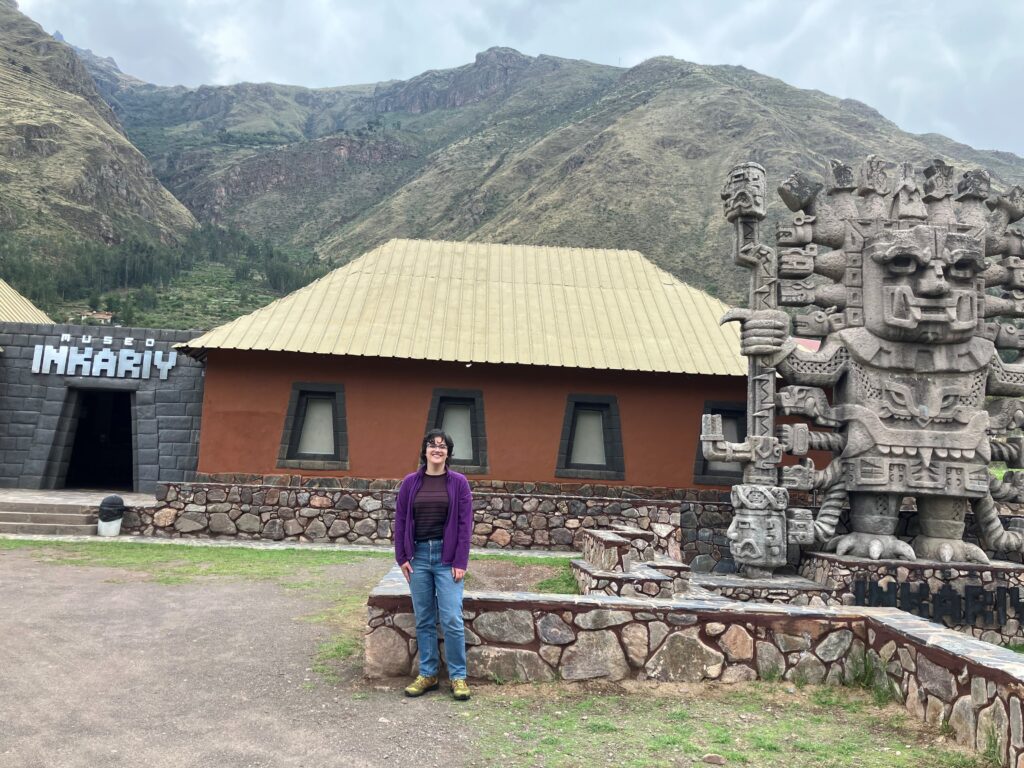
Thanks to our alumni Katie Pickard Fawcett for sharing her post about the great turtles of the world….she writes a lovely blog!
In art, literature, and mythology the words “tortoise” and “turtle” are often used interchangeably, though turtle refers to an aquatic creature while a tortoise is the slow-moving land dweller. The Galapagos giant tortoise can weigh more than 600 pounds and survive for a year without food or water. The big guys can live to be more than 150 years old. They’re vegetarian and they take life slow and easy. Perhaps that’s the secret.
I used to see the Galapagos giants in their dusty enclosures at the zoo and figured they were doing okay with plenty of water and food and didn’t need much space. Most of the time they looked like big stones scattered about in the sun. You could stand forever waiting for one of them to stick out his head and take a step or two. Then we went to the Galapagos Islands and hiked in the Santa Cruz highlands where the tortoises roam free. They get out and about where they have the space to do so and, although these tortoises can live without water for long periods, they also enjoy a leisurely soak when a water source is readily available.
Most of the low-lying islands in the Galapagos chain are flat, dusty, and dry, but Santa Cruz has six different vegetation zones. The highlands, where the tortoises live, are lush and green. These moist forests are speckled with ponds and marshes. Passion flowers and the poison apples of the manchineel grow along the trails. Some of the huge ponds are covered with red pond weed.
It’s hot and humid here, the forests are filled with bird calls, and the air is filled with the wet earth scent of a rainforest. The trip from the town of Puerto Ayora took us about 30 minutes on a recycled school bus with no air conditioning, but it was worth it to see one after another of these enormous fellows go lumbering by, crossing our paths. I know many animals in the wild are not as healthy as those kept captive and some don’t live as long as their caged kin, but there’s something about freedom that’s way more appealing.
Turtle/Tortoise Trivia:
1) Several Native American tribes believed that the earth rested on the back of a giant turtle.
2) The Chinese once believed that turtles were sacred; the Burmese thought them to be divine and kept them in tanks in pagodas. Temples devoted to turtles can still be found in Asia.
3) In The Grapes of Wrath John Steinbeck used the tortoise as a symbol of the tenacity of the “Okies” traveling west for a better life. For D.H. Lawrence the turtle was sometimes a symbol of aloneness and indifference.
4) Turtles figure prominently in Early Egyptian art and were used for medicinal purposes. Ancient Egyptians believed that turtles had a special knowledge of medicinal herbs and other remedies.
5) The Romans associated turtles with the god Mercury. One of Mercury’s first acts as an infant was to kill a turtle and turn its shell into a lyre.
6) Some early Christians considered them “heretical” animals that chose to live in filth and scum.
7) The tortoise appears in Hindu writings as a famous sage. One of the chief dieties, Vishnu, was believed to have descended to earth in the form of a tortoise to help the other gods stir the oceans in the search for the essence of immortality.
8) One of the most famous fables, of course, is the story of the tortoise and the hare.
9) Tortoise tales occur in many African nations and the tortoise is often portrayed as a cunning hero, a greedy intemperate creature.
10) Giant marine turtles, especially green turtles, played a major role in the settlement of the New World. They could be kept aboard ship for months without being fed and became a major food source for sailors on long voyages. The Galapagos tortoise, for example, was a food staple for New England whaling ships that spent several years at a time in the Indian and Pacific Oceans.
**********



